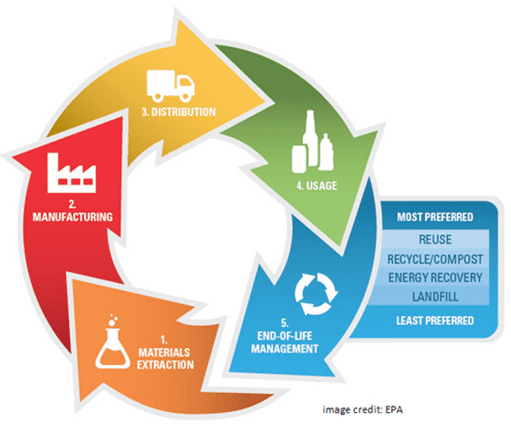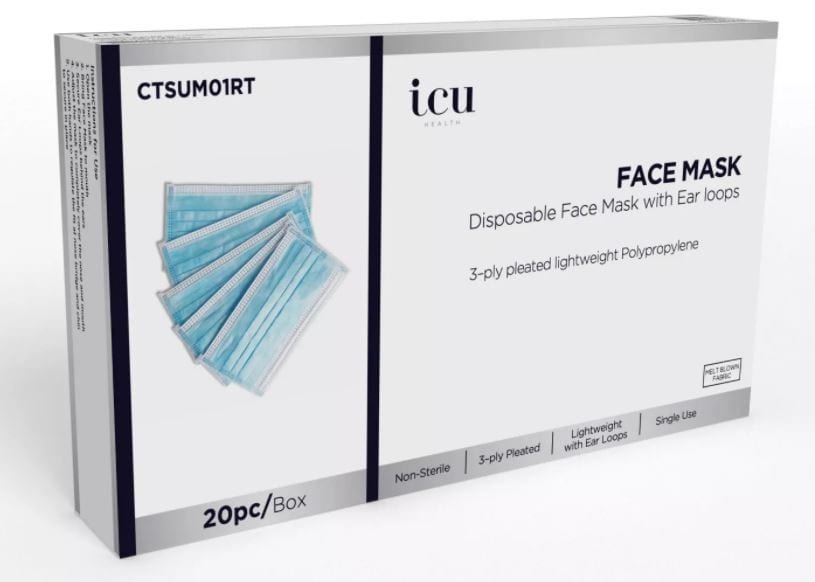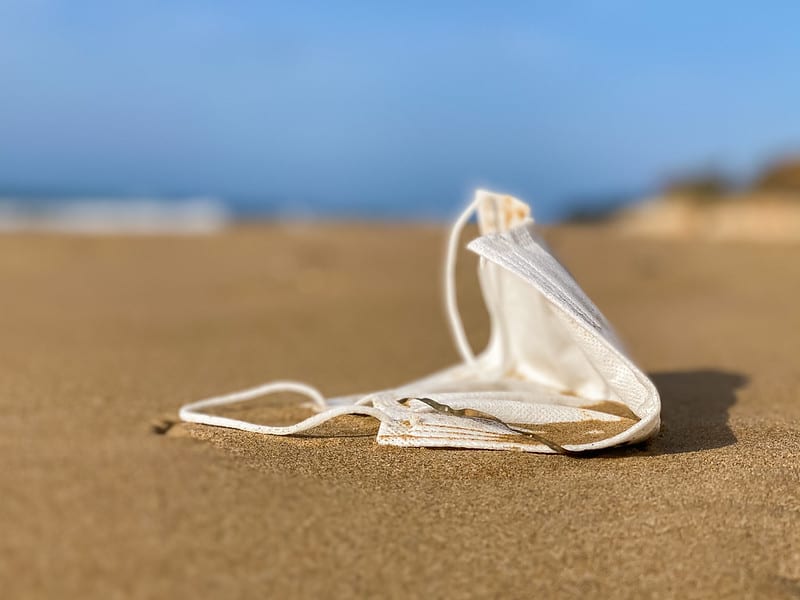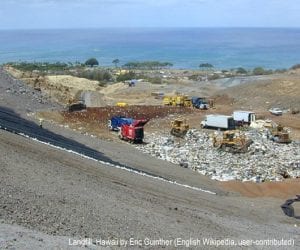 If there is a product that epitomizes 2020, it is the COVID-19 face mask. We initially faced a global shortage of face masks in early 2020, but with the product now mass-produced, access to them in the U.S. is as abundant as tropical fruit year-round at the grocery store! This makes the single-use face mask a timely case study of our global supply chain. We will look into questions such as:
If there is a product that epitomizes 2020, it is the COVID-19 face mask. We initially faced a global shortage of face masks in early 2020, but with the product now mass-produced, access to them in the U.S. is as abundant as tropical fruit year-round at the grocery store! This makes the single-use face mask a timely case study of our global supply chain. We will look into questions such as:
- How are face masks manufactured?
- How do they reach retail shelves?
- What happens when face masks need to be disposed of?
- Do we need to use materials that take 450 years to breakdown in single-use face masks?
In the post below, we will explore these global supply chain questions and more in our face mask case study.
The product in question
We randomly selected a widely available single-use face mask as the focus of our case study. Sold at Target stores across the nation, the ICU health non-medical face mask is a product supplied by ICU Eyewear, an eyewear retail company based in California. As demand for personal protective equipment (PPE) dramatically increased in early 2020, ICU Eyewear partnered with China-based eyewear company Contour Optik to produce, import, and distribute PPE to Target stores and other U.S. customers through previously-established retail channels. Although these face masks are sold in the U.S., they make quite the trek from their raw material origins.
The journey from material extraction to distribution
While they might look simple, these single-use face masks have a relatively sophisticated manufacturing process. The raw materials needed to produce various components of the mask include petroleum oil, metal, and nylon spandex. Petroleum oil is needed to produce polypropylene, the synthetic fiber used as the filtering component of the face mask. Metal, usually aluminum, galvanized iron, or steel, is needed to produce the nose strip in the face mask. Finally, ear loops are made from nylon spandex, a synthetically produced fiber.
Although it is difficult to determine where China-based Contour Optik sources its raw materials, looking at the following data can give us a general idea. China is one of the world’s top producers of crude oil, but needs to import as well to meet demand. Saudi Arabia, Russia, Iraq, Angola, and Brazil supplied over half (59.3%) of China’s crude oil imports in 2019. China is the world’s top producer of aluminum and steel, and was the third-largest producer of iron in 2019. Australia is China’s largest supplier of iron ore.

After manufacturers acquire the processed polypropylene, metal, and nylon spandex, these materials are assembled at Contour’s partner manufacturing facilities in China. We could not find specific information on the labor practices of those specific partner facilities, but recent reports have highlighted human rights abuse across China’s face mask supply chain. This issue is not exclusive to China, as face mask manufacturers based in the U.S. have faced allegations of sweatshop-like conditions and below-minimum wage pay.
Once face masks are fully assembled and packaged at Contour’s partner manufacturing facilities, they are shipped across the Pacific Ocean to California where they arrive at ICU Eyewear’s distribution facilities. Contour Optik and ICU Eyewear manufacturers are producing face masks at a rate of over 5 million per day.

From the distribution facilities, face masks are shipped to Target stores across the U.S., ready to hop into customers’ shopping carts and eventually, onto their faces. With our increasingly globalized economy, it is easy for consumers to take for granted the availability of products. We rarely witness the lengthy journey products make from resource extraction, to resource processing, to manufacturing and distribution, to stocking retail or shipping warehouse shelves. But even this is not the end of the face mask’s life cycle.
At this final stage, the individual consumer plays a critical role. How and where single-use face masks are disposed of has left the global environmental community reeling at yet another single-use waste management crisis.
Floating in shared seas, falling on distant shores
Plastic waste because of COVID-19 has become a major point of discussion in the environmental community. Gary Stokes of Hong-Kong based OceansAsia conducted a survey of marine debris in the city’s uninhabited Soko Islands, finding several dozen disposable masks washed up on a beach 100 meters long. Irresponsible disposal of face masks has contributed to an estimated 1.56 billion face masks (over 10 million pounds) entering oceans in 2020. Once in the ocean, masks can make their way across global waters, harming marine life, and polluting distant shores.

Even if disposed of correctly, single-use face masks made of polypropene have a lifespan of 450 years before breaking down in landfills. To mitigate these environmental challenges, U.S. authorities have encouraged individuals to utilize reusable face masks whenever possible. Despite these efforts, we have yet to see significant environmental regulations of global manufacturers of single-use face masks.
Tracking product life cycles as a means for environmental and social justice
Tracking the global path of products over their life cycles is a positive step towards environmental and social justice. With the information gained from analyzing product life cycles, individuals are more empowered to hold domestic and international companies and government agencies accountable for establishing and enforcing environmentally friendly and humane supply chains, from materials, to production to waste disposal.
As we grapple with the immediate challenges of COVID-19 and the overarching threat of climate change, environmental justice must continue to be at the center of local, regional, and global solutions.
Image credits: Woman in mask (Mustafa Omar on Unsplash); Mask on beach (COVID-19 Travel warning by dronepicr is licensed under CC BY 2.0)




